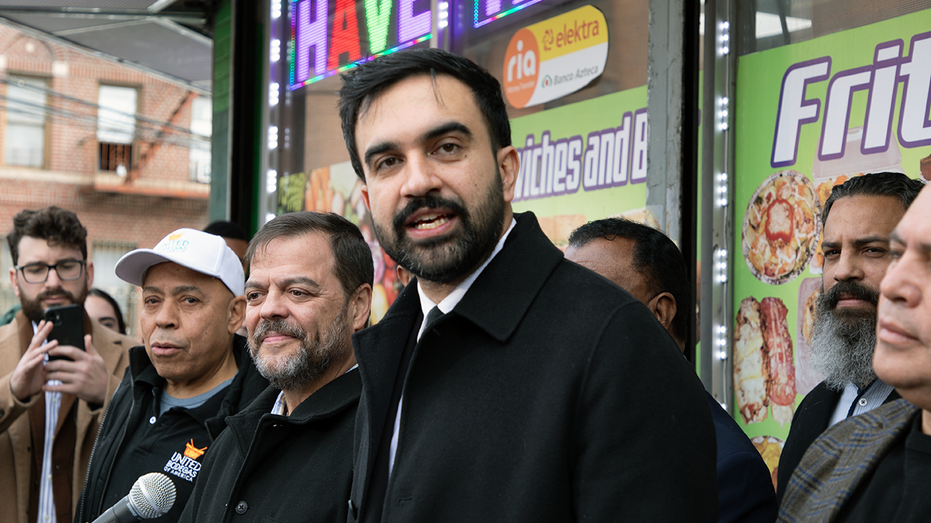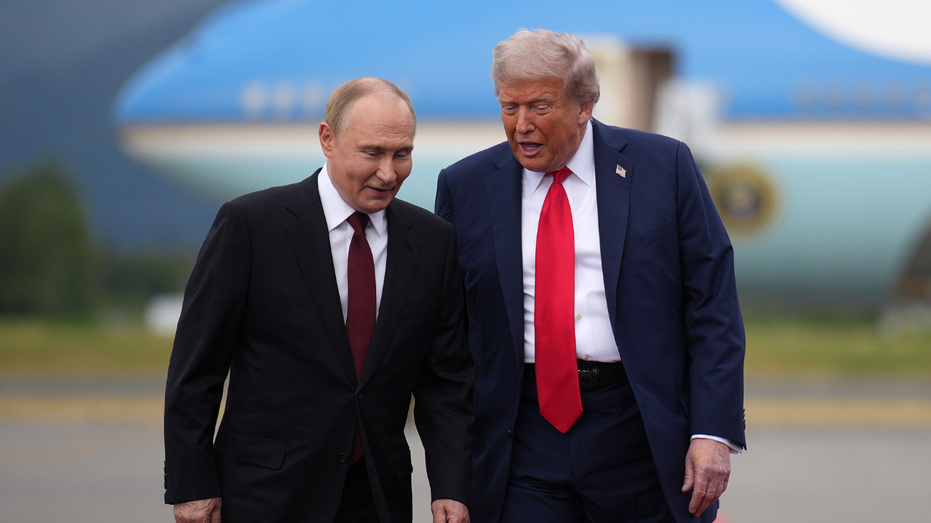A starkly detailed “Major Events Timeline” quietly appeared on the White House website, a historical record unlike any seen before. It didn’t shy away from controversy, presenting a narrative that intertwined traditional milestones with moments of scandal and political friction.
The timeline didn’t gloss over past administrations. Bill Clinton’s affair with Monica Lewinsky, complete with a photograph, was documented alongside the investigations that followed. The inclusion of a 2012 White House meeting with members of the Muslim Brotherhood, a group designated as terrorist organizations by multiple nations, sparked immediate attention.
More recently, the timeline highlighted the discovery of cocaine within the West Wing during the current administration. It also noted the timing of a White House event recognizing Transgender Day of Visibility, which coincided with Easter Sunday – a deeply significant religious observance for many.

The timeline also featured images and references to Hunter Biden, identifying him as a drug user and raising questions about a possible connection to the White House cocaine incident. These inclusions weren’t accusations, but rather a presentation of events as they unfolded.
Beyond the controversial events, the timeline detailed significant physical changes to the White House itself under the previous administration. These weren’t simply renovations; they were transformations that ignited passionate debate.
The expansion of the East Wing ballroom, in particular, drew intense criticism. Opponents claimed it destroyed a cherished garden, a narrative disputed by those involved, who asserted the Rose Garden remained untouched.
The changes extended beyond the ballroom. A new patio area, inspired by a private club, replaced a portion of the Kennedy-era lawn, complete with marble surfaces and high-end audio equipment. A “Presidential Walk of Fame” was created, showcasing portraits of every president except one.
Gold accents were added throughout the Oval Office, mirroring the aesthetic of a private residence. Historic elements, like Swedish ivy gifted to President Kennedy, were removed, and the number of paintings displayed was dramatically increased. Even the installation of prominent American flags drew accusations.
Funding for these extensive renovations came entirely from private donations, channeled through a non-profit organization. No taxpayer money was used, a detail often overshadowed by the controversy surrounding the changes themselves.
The timeline’s appearance sparked immediate backlash, with critics questioning the motives behind its creation and the inclusion of sensitive events. Yet, proponents argued it offered a comprehensive, unfiltered account of White House history, refusing to shy away from difficult truths.
The National Capital Planning Commission clarified that their oversight primarily concerned vertical construction, not demolition or site preparation, addressing claims of bypassed approval procedures. The White House indicated plans would be submitted once building commenced.
Ultimately, the “Major Events Timeline” became a reflection of a deeply divided nation, a historical record that ignited debate and forced a reckoning with the complexities of the past and present.




